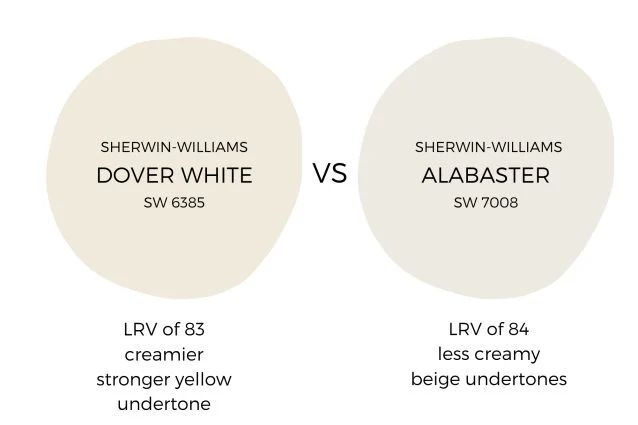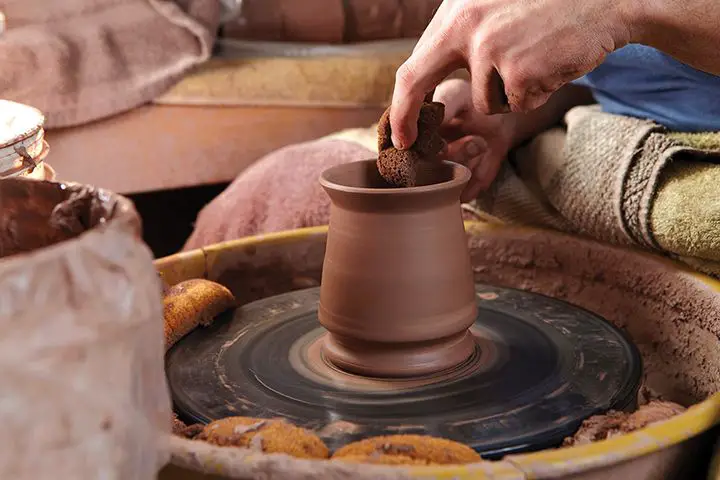Are Clay Candle Holders Safe?
Clay candle holders are decorative holders made from clay that are used to hold candles. They come in various shapes, sizes, colors and designs. Clay is an earthy material that is molded and shaped while wet, then dried and hardened through firing in a kiln. The safety of clay candle holders largely depends on the materials and manufacturing process used to create them.
This article will provide an overview of the safety considerations for clay candle holders. It will explore the materials used, durability issues like cracking and breakage, flame resistance, potential hazardous substances, and safety tips for use around children and pets. Comparisons will be made to other candle holder materials. The goal is to cover the key factors in determining if clay candle holders are safe options for candles.
Materials Used in Clay Candle Holders
Clay candle holders are typically made from natural clay that is dug up from the earth. The clay is composed of minerals like kaolinite, illite, and montmorillonite. When clay is fired in a kiln, it undergoes chemical changes that cause it to become hard and durable.
Clay holders are often glazed or painted to make them more decorative and water-resistant. Lead-based glazes were commonly used in the past, but these have been phased out due to health concerns. Modern glazes are made from safer materials like oxides, silicates, and other glass-forming chemicals. Non-toxic acrylic paints can also be used.
Some clays contain impurities that can release toxic gases like sulfur dioxide when fired at certain temperatures. However, commercially produced clay and glazes go through extensive testing to ensure they do not contain dangerous levels of any hazardous substances.
Manufacturing Process
Clay candle holders are made from modeling clay or polymer clay which is shaped by hand or molded. The clay is conditioned to make it malleable, then shaped into the desired form. Molds can be used to mass produce consistent shapes and sizes efficiently. The clay holders are allowed to air dry fully or may be baked at low temperatures to harden them. For clay that requires baking, temperatures are kept under 275°F to avoid burning or scorching the clay. Any paints or glazes used are non-toxic and specially formulated for high temperatures.
Reputable manufacturers follow safety and quality standards. They use certified non-toxic clays and glazes, properly cure pieces to the needed hardness, and test the candle holders for stability and fire resistance. Completed works are inspected for cracks, chips, sharp edges, or other defects before approval. Makers’ marks and labels are applied to show accountability. Following guidelines helps ensure that clay candle holders will be durable and safe for their intended use.
Flame Resistance
Clay candle holders are generally very resistant to candle flames due to the properties of clay. As clay is fired at high temperatures during the manufacturing process, it develops a hardened, non-flammable quality that withstands high heat. When a candle burns inside a clay holder, the flame heats the air inside the holder but does not directly touch or heat up the clay itself. The clay helps dissipate and absorb the heat, preventing the buildup of excessive temperatures.
High-fired stoneware clays are especially resistant, as they are fired between 2,200°F and 2,400°F. Even lower-fired earthenware clays that undergo firing at 1,800°F to 2,000°F gain significant heat resistance. As long as the clay has been properly fired during manufacturing, it should not reach unsafe temperatures or become damaged by standard candle flames during home use.
It’s worth noting that extremely large candles with multiple wicks or a taller flame may produce more heat than typical containers are designed for. But in general, clay’s natural heat resistance makes it one of the safest options for candle holders.
Cracking and Breakage
Clay is inherently brittle and fragile, so candle holders made from clay can be prone to cracking and breakage. The nature of the material makes it susceptible to damage from bumps, drops, and general wear and tear over time. Additionally, one of the biggest risks of cracking comes from the heat of the candle flame itself.
As a candle burns, the flame releases heat that radiates outward. Clay does not conduct heat very well, so the radiant heat can create temperature differentials within the material. If the surface heats up faster than the interior, this difference in expansion rates can cause stresses that lead to cracks or complete fracturing. Cracks may start off nearly invisible but expand over repeated heating cycles.
Thinner walled holders and more delicate sculptural designs tend to be most vulnerable to cracking from the heat. However, even thick, sturdy clay holders can develop hairline cracks or large splits over time. Using a holder repeatedly with a high-heat candle may accelerate the cracking process. The risks go up if the holder is allowed to get too hot, such as burning a candle all the way down.
Safety Tips
When using clay candle holders, it’s important to follow some basic safety precautions to prevent fires and injuries. Here are some tips:
Placement: Always place clay candle holders on sturdy, level surfaces. Don’t put them on uneven surfaces where they could easily tip over. Avoid placing them near table edges where they could be knocked over accidentally.
Avoid Drafts: Position clay candle holders away from drafts, vents, ceiling fans, and open windows. Drafts can cause candle flames to flicker and extend beyond the candle holder. This increases the risk of the flame coming in contact with the clay holder and causing scorching or cracking.
Proper Candle Sizes: Use candles that are the proper diameter and height for your clay holder. Candles that are too wide or too tall could allow melted wax to drip down the sides of the holder. This can cause wax buildup that can lead to fire risks. Follow any size guidelines from the manufacturer.
Hazardous Substances
One potential concern with clay candle holders is the presence of lead and other toxic substances. Lead can make its way into clay through the raw materials, manufacturing process, or the glazes and paints applied to the final product.
Significant lead exposure poses health risks, especially for children, who are more vulnerable. Consuming even small amounts of lead can cause cumulative harm over time.
Seeking out candle holders made from lead-free clay is advised. Reputable manufacturers will obtain independent third-party certifications to confirm their products meet safety standards and do not contain concerning levels of lead or other toxins.
Common certifications to look for include Prop 65, which indicates the product is free of chemicals known to the state of California as causing cancer or reproductive harm. Additional trusted labels are the ASTM International F963 standard for toy safety and the FDA standard for lead levels in ceramics.
Checking for these certifications can help identify clay candle holders produced with non-toxic materials, providing peace of mind regarding hazardous substances.
Children and Pets
Candles and candle holders require extra supervision when children and pets are present. Young children should not be left unattended near burning candles, as they may accidentally knock them over or touch the hot wax or flame. Candle holders made from clay or other ceramic materials can also pose a choking hazard for small children if broken. The small pieces could become lodged in a child’s throat.
Pets like cats and dogs should also be monitored around lit candles. Their tails or fur could knock candles over, or they may be tempted to investigate the flame. Keep pets away from lit candles and out of rooms when candles are burning to prevent accidents.
In summary, never leave burning candles unattended when children or pets are present. Keep candle holders up high, out of reach of children when lit. And consider using flameless candles if you have rambunctious or curious kids or pets at home.
Comparisons to Other Candle Holders
Clay candle holders have some key differences from other common holder materials like glass, metal, and plastic:
Glass
Glass holders are non-flammable and can withstand high heat. However, they can crack or shatter if dropped. Glass conducts heat better than clay, so the holder will get hotter. Glass can be more expensive than clay.
Metal
Metal holders like tin, aluminum, or iron are very durable and conduct heat well. But metal can get extremely hot to the touch and may rust over time. Clay holders have a softer, more decorative look.
Plastic
Plastic holders are inexpensive but have very low heat resistance. They can melt or release toxic fumes when exposed to candle flames. Clay is a far safer, more natural material.
Overall, clay strikes a good balance between affordability, durability, and aesthetics compared to common holder materials.
Conclusions
Clay candle holders can be used safely in most homes with proper precautions and care. The main safety concerns are the risk of cracking or breaking from heat exposure, and the potential presence of lead or other hazardous materials in certain types of clay. While accidents can happen, several steps can be taken to minimize risks:
– Choose high-fired stoneware or porcelain holders, which are less prone to cracking. Avoid terra cotta or earthenware which crack more easily.
– Place on a heat-resistant surface, not directly on furniture. Use a silicone mat or trivet for extra protection.
– Keep away from edges where pets or children may knock them over.
– Never leave burning candles unattended. Extinguish before the candle burns down too far.
– Inspect for any cracks or damage before re-using. Discard any broken pieces to prevent future hazards.
– Wash hands after handling to remove any lead contaminants if unsure of material composition.
With reasonable care and caution, clay candle holders can be an attractive vessel for candles in most homes. Choosing high-quality holders and using safe practices can help minimize risks and allow enjoyment of these decorative items.




